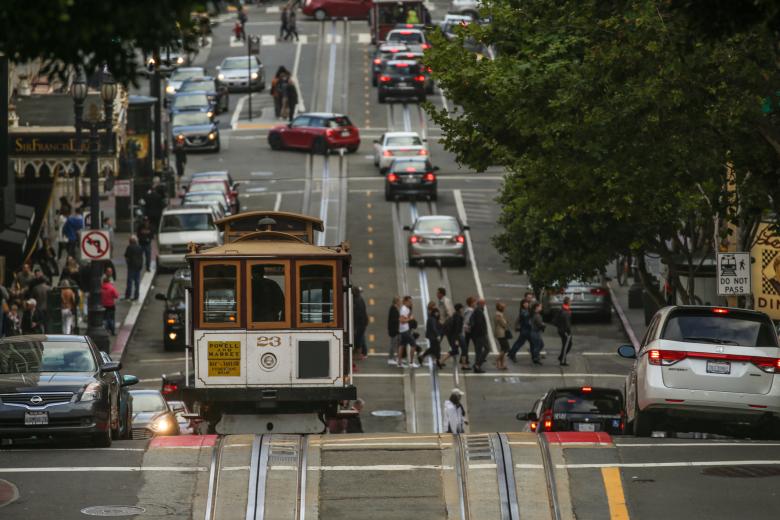1 6
1 6
While high streets across U.S. have not been immune to store closings and retailers reluctant to over-extend their brick-and-mortar operations, according to this week’s Main Streets Across the World report from real estate services firm Cushman & Wakefield, some urban areas continued to experience healthy rent increases year-over-year. Here are five urban retail corridors where retail rents have been on an upswing.
Rents here went up 5.4 percent between June 2015 and June 2016, from $650 per sq. ft. per year to $685. A word of caution, however—next year, Macy’s will exit its two existing Union Square locations to move to a consolidated space at 170 O’Farrell Street. That will result in an uptick in vacancy in the area.
Seattle’s Central Business District experienced year-over-year growth in rents of 7.1 percent, from $70 per sq. ft. per year in June 2015 to $75 this June. According to Cushman & Wakefield researchers, Seattle’s retail market has been insulated against store closures due to “its continued strong local economic performance and the fact that there has been little in the way of new retail development in the urban core over the past few year.”
Retail rents on Post Street rose 10.1 percent between June 2015 and June 2016, reaching $545 per sq. ft. per year.
Chicago’s retail market has benefitted from rising tourism, according to Cushman & Wakefield, as well as online retailers opening brick-and-mortar locations. On East Oak Street, retail rents went up 10.3 percent between June 2015 and June of this year, now averaging $375 per sq. ft. per year.
The Georgetown area experienced one of the most significant spikes in retail rents year-over-year, at 13.3 percent. Rents went up from $150 per sq. ft. per year in June 2015 to $170 this June. In the capital, restaurant tenants are behind approximately 75 percent of new deals being signed, Cushman & Wakefield researchers note.

